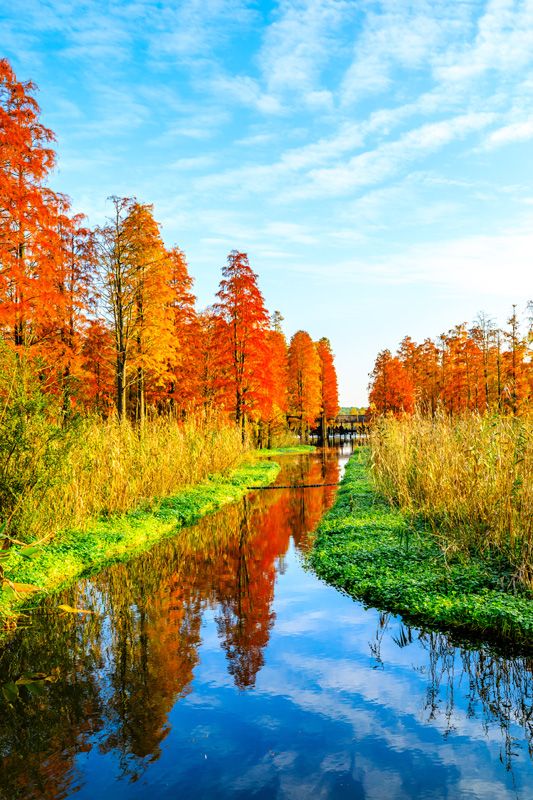
Top 10 Plants Which Grows in Very Wet Areas
Top 10 Plants Which Grows in Very Wet Areas
Many different plants may thrive in wet soil. Some of them favour moisture levels that are lethal to most plants because they can grow effectively in standing water. We’ve compiled a list of the most delicate plants to include in a dump yard. While some of these may be harder to locate at your local gardening shop, the work to beautify your garden may be worthwhile. As an added benefit, because of their capacity to absorb water runoff, many of these humidity plants can have a favourable effect. Many trees are ideal for damp areas; however, some of these trees are too huge for the ordinary residential backyard or have extremely invasive roots that can cause difficulties like clogged drains, raised pavement, broken foundations, and so on. Poplar and willow varieties are good examples since they have been planted widely to maintain stream banks; nevertheless, they may clog the stream in the long run and must be removed.
- Amelanchier spp. (serviceberries);
- Carpinus caroliniana (American hornbeam);
- Sweet Pepperbush(Clethra alnifolia):
- Pussy Willow.(Salix discolor):
5. Horsetail (Equisetum hyemale):
Horsetail is a great plant to put in a damp location since it can withstand very wet conditions. Horsetail plants have a high rate of natural spread, which means they can become invasive given the right conditions. The grass reaches a height of around 4 feet and has a comparable spread. Horsetail thrives in marshy areas because it can grow in drainage. The most fantastic strategy for controlling the aggressive spread of horsetail appears to be removing rhizomes. Although that’s not technically grass, it is frequently used in the same way as ornamental grasses.6. Marsh Marigold (Caltha palustris):
Marsh marigolds grow well in water gardens and run differently near streams or ponds. The plant’s name clearly implies that it favours wet or swamp soil. Other wet soil-loving plants, like cardinal flower meadowsweet, and ligularia, work well with marsh marigold. These tiny plants, which reach a maximum height of 1.5 feet, maybe a welcome addition to brighten up damp regions. It’s reasonable to assume that as long as the soil of the marsh marigold is constantly moist, you’ll have a gorgeous floral show with little work.7. Blue Flag Iris (Iris versicolor):
The water-loving blue flag iris may be found in North American meadow, swamps, marshes, and shorelines. It reaches a height and spread of 2 to 2.5 feet, with beautiful blue-violet flowers in late April. Ensure your plant has enough water; even a small amount of standing water will suffice. Also, keep an eye out for pests, since this plant is vulnerable to a variety of insects.- Cardinal Flower (Lobelia cardinalis):
- Meadowsweet (Filipendula ulmaria):
- Sedge (Cyperaceae):
